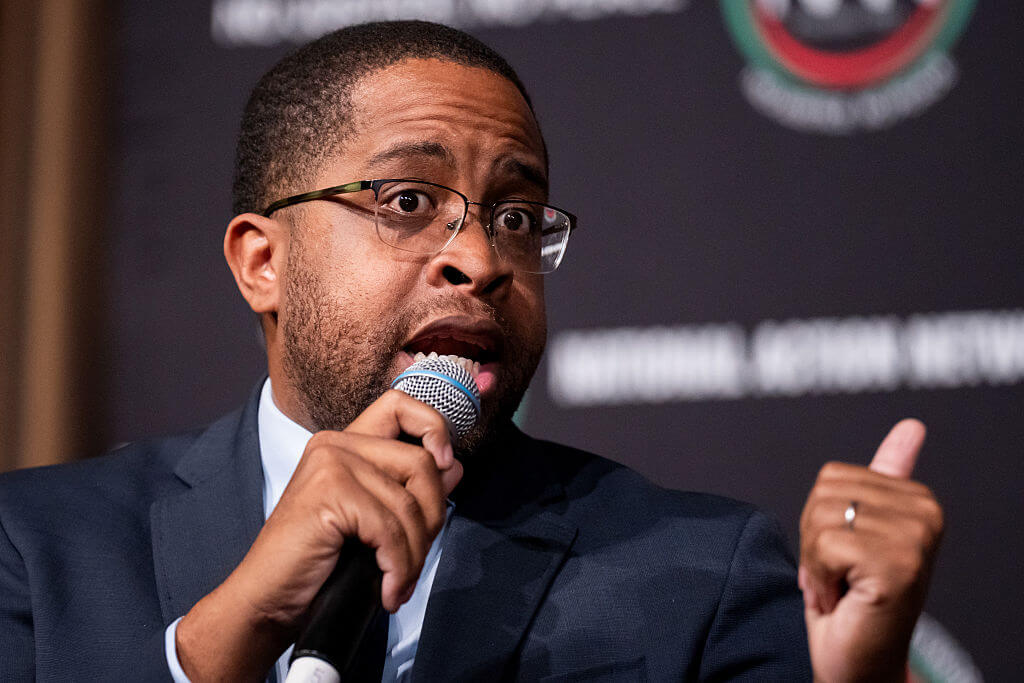Federation Must Lead By Learning
It?s a popular blessing, or curse, depending on your viewpoint, often attributed to Confucius: ?May you live in interesting times.? Well, we in the world of Jewish philanthropy are certainly living in interesting times.
That?s because for years, North American Jewry has faced nearly existential questions. We are older than the general population, and also more mobile and less tied to single communities than ever. Younger Jews are no longer motivated by the old historical forces, like Soviet Jewry or the Zionist homeland, but instead engage with an endless array of powerful communications, from blogs to social networks. Jews of all ages, meanwhile, move through a marketplace of choices of identity, religion and philanthropy.
Today, the worst economic downturn in recent times has multiplied these challenges. At a time when we see growing demands for social services at home and overseas, we?re facing shrinking contributions for the first time in years and are forced to do more with less.
But in the past few months, I?ve been fortunate to travel across the continent, meeting professionals and volunteers across the Jewish federation movement. And I believe we have an exciting opportunity to become the pre-eminent not-for-profit of North America. These lessons offer value not only for the Jewish federations, but also for all of us in Jewish philanthropy.
I?ve learned, for example, that many young Jews are eager to engage in federation life to help shape their Jewish identity. But they?re seeking more than a solicitation phone call: They want to get involved personally, emotionally, viscerally. They want to be heard and to be taken seriously. We need to encourage young people to get involved, to volunteer, to become lay leaders. Many federations are doing just that. In Chicago, for example, the federation?s young leadership division launched a kosher café-style anti-hunger program for the needy. It?s a microcosm of what National Young Leadership of The Jewish Federations of North America did last spring in New Orleans, where more than 600 people gathered to help build a community center in a storm-ravaged part of the city.
Another important lesson is that embracing young Jews requires new communications tools. The Jewish Federations of North America recently ran the Jewish Community Heroes Awards, an online contest using Facebook and e-mail marketing to help recognize deserving heroes in our midst. More than 400,000 nominations for more than 200 heroes poured in. The effort also gathered new contacts that federations can further engage.
I?ve also learned that many Jewish federations, fueled in part by economic necessity, are pursuing creative fundraising strategies that engage a variety of donor interests. The Los Angeles federation, for example, launched a major marketing effort around hunger and volunteerism, while the New York federation provided a package of services, from employment and financial counseling to spiritual care.
On the national level, we have also conducted extensive research over the past year that gleaned important data about how Jews relate to federation. We learned, for instance, that as Jews move, Jewish federations are among the first institutions to lose their support. In response, Our New Moves project allows federations to share critical data to track and attract new donors. Already 69 federations have found that more than 60,000 people moved into 148 new federation areas.
As we look to the future, we are envisioning four areas of strategic thinking to grow our resources and enhance our community. The first is what we call ?converting the unconverted.? It has been documented time and again how many Jewish philanthropists are not currently investing in the Jewish community. It is clear that we are not inspiring them or igniting a passion with relevant language that resonates. We can increase our market share with this demographic if we take the time to really understand their motivation and cultivate their interests.
A second aim is to understand and implement strategies using best-practice grass-roots techniques and cutting-edge approaches. We must understand how to use technology to reach the market and to maximize acquisition, retention and engagement. Third, we need to enhance our engagement and education in generational philanthropy, to ensure that we keep strong connections not only to our major philanthropists, but also to the second and third generations of their families.
Finally, we need to look at all areas of our federation operations and see where we can leverage opportunities to create nonphilanthropic revenue streams outside the traditional modes of funding.
Yes, we live in interesting times. But in challenges, we see opportunities, new ways to care, to connect and to work together to build a better future.
Jerry Silverman is the president and CEO of The Jewish Federations of North America.























